Japan military: North Korea fires possible ballistic missile for first time in month
The Japan's military says North Korea has fired an apparent ballistic missile in its first test since launching a raft of projectiles in January.
Japan's coast guard reported the launch on Sunday while South Korea's Joint Chiefs of Staff also reported that the North had fired at least one "unidentified projectile" eastward, without elaborating.
Japan’s official Kyodo news agency said the projectile had landed outside Japan’s exclusive economic zone (EEZ).
The South’s military also said the launch took place from near the North Korean capital city of Pyongyang.
According to Japan’s defense minister, North Korea’s Sunday missile may have reached altitude of around 600 kilometers and it had likely flown around 300 kilometers.
Sunday's launch came less than two weeks ahead of a March 9 presidential election in South Korea, amid speculations by some in Seoul that North Korea may push ahead with missile development while international attention is focused on Russia's military operations of Ukraine.
Analysts, however, have noted that even before the Russian military operations, North Korean leader Kim Jong Un was overseeing an increase in missile tests as talks with the United States and its allies remained stalled.
North Korea's last test was on Jan. 30, when it fired a Hwasong-12 intermediate range ballistic missile, the largest weapon fired since 2017. That capped a record month of mostly short-range missile launches in January.
The missile was launched from the North Korean province of Jagang, which borders China, and flew across the North before falling into the sea off the country’s east coast, both the South Korean and Japanese governments reported.
Japanese officials said the missile, based on their initial assessment of its flight path, potentially reached a maximum altitude of 2,000 kilometers (1,242 miles) and traveled 800 kilometers (497 miles) before landing in the sea.
The test was North Korea's sixth ballistic missile launch in 2022.
The North has vowed to strengthen its nuclear “war deterrent” and build more powerful weapons.
Last year, North Korea’s leader Kim Jong-un announced a new five-year plan for developing weapons and issued an ambitious wish list that included hypersonic weapons, spy satellites, solid-fuel intercontinental ballistic missiles, and submarine-launched nuclear missiles.
Kim has concentrated on expanding his country's nuclear and missile capabilities since his diplomacy with former United States’ President Donald Trump ended without an agreement in 2019.
Trump took unprecedented steps towards apparently fraternizing the North by initiating several rounds of dialogue with it and even walking a number of steps into the country alongside North Korea's leader.
However, Washington blew, what Pyongyang called, a “golden opportunity” at mending the situation by insisting too much on the North’s denuclearization.
Pyongyang has rebuffed the administration of Trump’s successor Joe Biden’s repeated offers of nuclear negotiations.
‘Ghost town’: 70% of Jabalia buildings destroyed by Israel
Mother’s Day: Sareh Javanmardi’s inspiring journey as Paralympic champion and mother
Russia downs over 40 Ukrainian drones as Putin vows 'destruction' on Kiev
VIDEO | Yemen: A bone in Israeli neck
D-8’s role in Iran’s economy after Cairo summit
China slams US as ‘war-addicted’ threat to global security
China ‘firmly opposes’ US military aid to Taiwan
VIDEO | Press TV's News Headlines


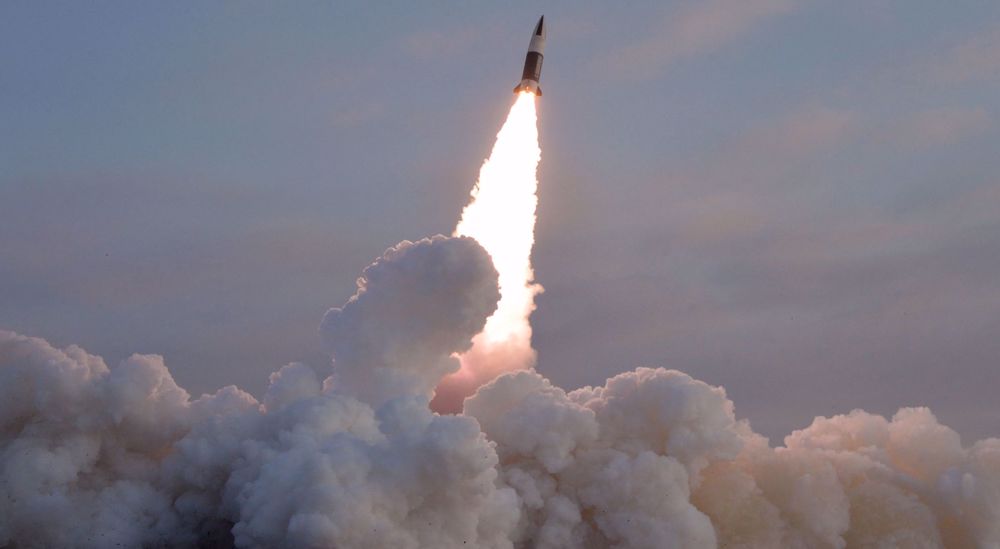

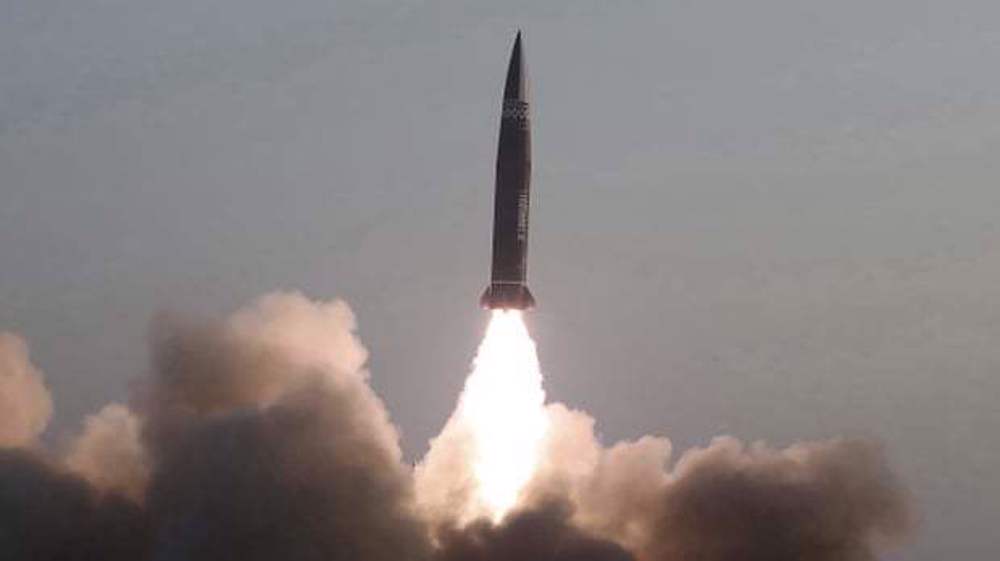
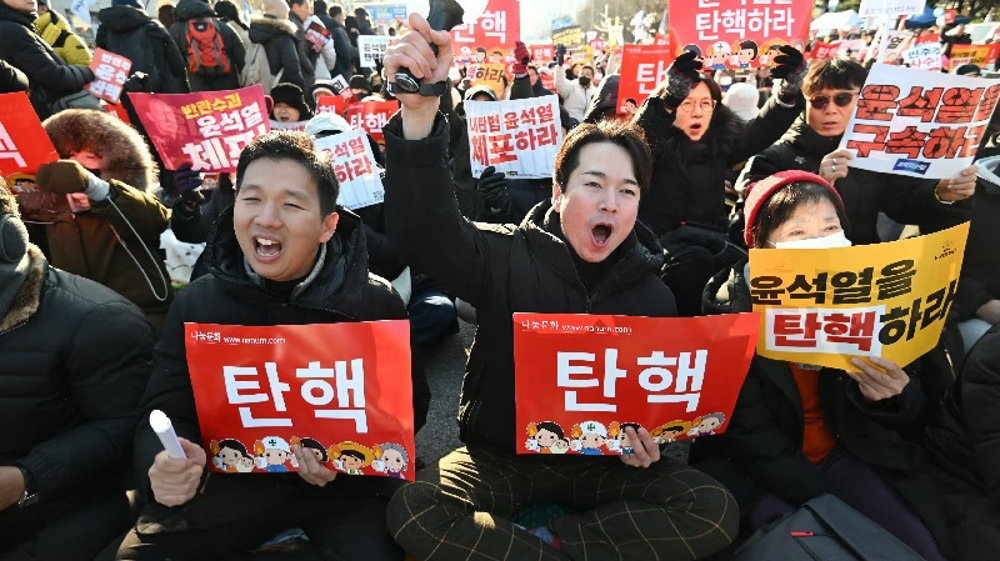

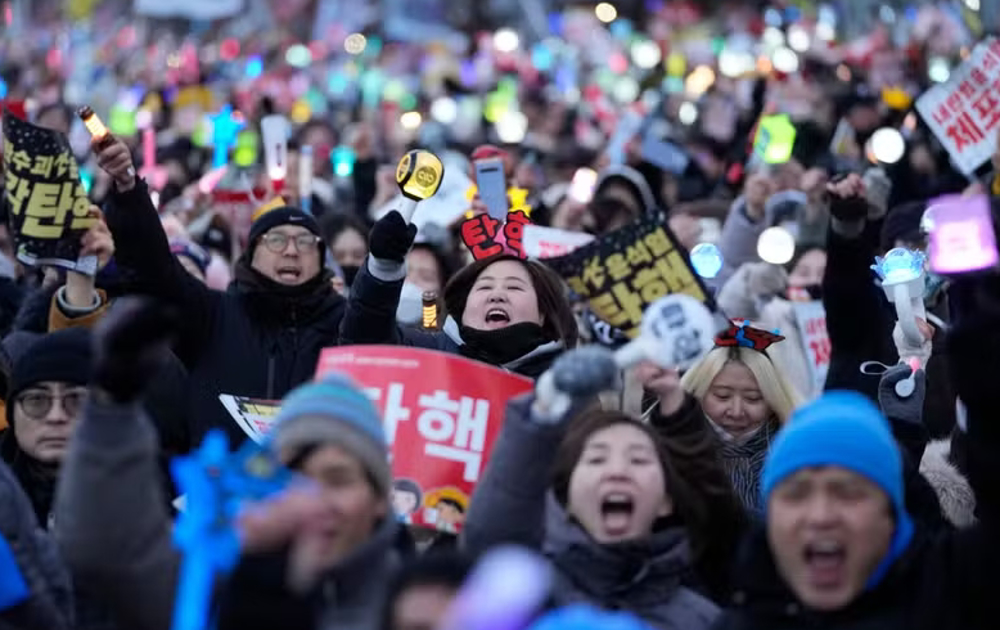



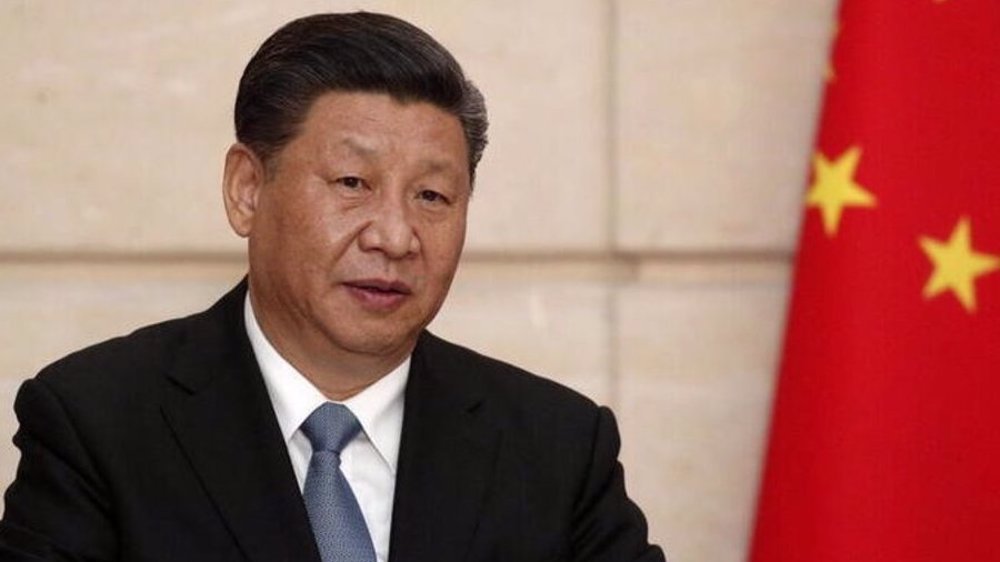
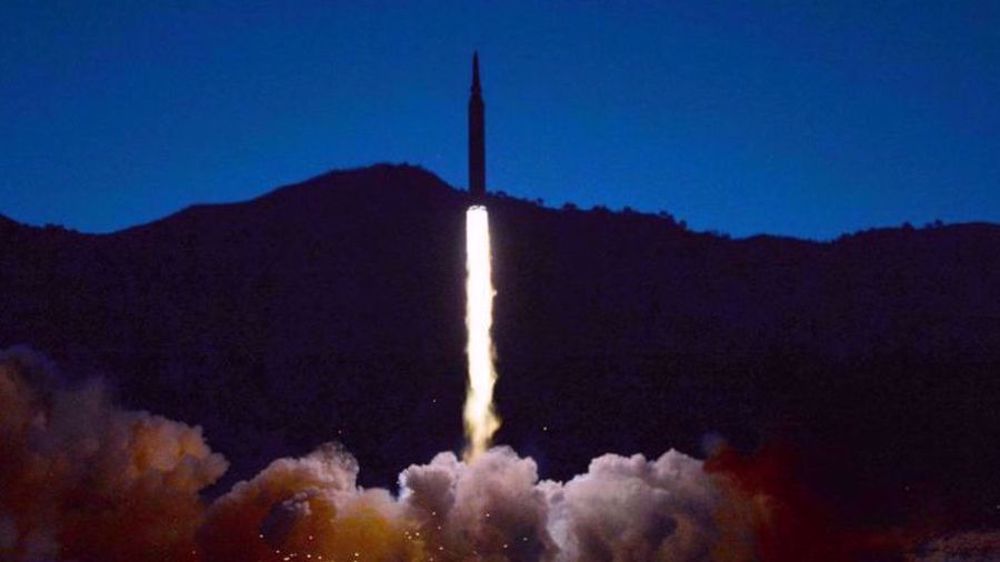


 This makes it easy to access the Press TV website
This makes it easy to access the Press TV website